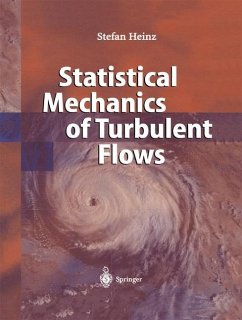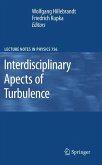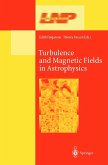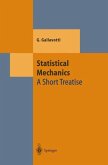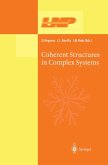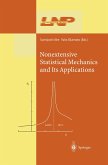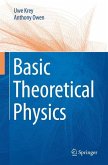The simulation of technological and environmental flows is very important for many industrial developments. A major challenge related to their modeling is to involve the characteristic turbulence that appears in most of these flows. The traditional way to tackle this question is to use deterministic equations where the effects of turbulence are directly parametrized, i. e. , assumed as functions of the variables considered. However, this approach often becomes problematic, in particular if reacting flows have to be simulated. In many cases, it turns out that appropriate approximations for the closure of deterministic equations are simply unavailable. The alternative to the traditional way of modeling turbulence is to construct stochastic models which explain the random nature of turbulence. The application of such models is very attractive: one can overcome the closure problems that are inherent to deterministic methods on the basis of relatively simple and physically consistent models. Thus, from a general point of view, the use of stochastic methods for turbulence simulations seems to be the optimal way to solve most of the problems related to industrial flow simulations. However, it turns out that this is not as simple as it looks at first glance. The first question concerns the numerical solution of stochastic equations for flows of environmental and technological interest. To calculate industrial flows, 3 one often has to consider a number of grid cells that is of the order of 100 .
From the reviews:
"This book is a descriptive monograph with a focus on stochastic probability density function (pdf) procedures and their implementation for turbulent flow. ... The book includes a usefully extensive reference list, author and subject index. ... The book ... does provide a valuable survey of stochastic turbulent flow procedures supplementary to and in comparison with more conventional closure procedures. Considering the book's relatively modest price it would be a useful addition for personal as well as institutional acquisition." (AC Buckingham, Applied Mechanics Reviews, Vol. 57 (5), 2004)
"This is a nicely written textbook, aiming to present the methods of stochastic modelling of turbulent fluid flow. ... The author nicely and convincingly expands on the advantages of stochastic modelling ... . It deserves attention by the specialists and the beginners as well and has useful applications. It is clearly presented, with careful argumentation and interesting scientific contents. The book's use is nicely supported by an extended list of all symbols and abbreviations and, of course, with references. The reviewer can well recommend it." (Dr. S.Grossmann, European Journal of Mechanics B/Fluids, Issue 23, 2004)
"This is a handbook for a computational approach to reacting flows ... . This book offers a timely survey of techniques in modern computational fluid mechanics for turbulent flows with reacting scalars. It should be of interest to engineers, while the discussion of ... pdfs, stochastic and statistical equations should also be attractive to applied mathematicians and physicists. ... it is written clearly and concisely and should be useful to a large community, interested either in the underlying stochastic formalism or in CFD applications." (C Cambon, Journal of Physics A: Mathematical and General, Vol. 37 (40), 2004)
"This book is a descriptive monograph with a focus on stochastic probability density function (pdf) procedures and their implementation for turbulent flow. ... The book includes a usefully extensive reference list, author and subject index. ... The book ... does provide a valuable survey of stochastic turbulent flow procedures supplementary to and in comparison with more conventional closure procedures. Considering the book's relatively modest price it would be a useful addition for personal as well as institutional acquisition." (AC Buckingham, Applied Mechanics Reviews, Vol. 57 (5), 2004)
"This is a nicely written textbook, aiming to present the methods of stochastic modelling of turbulent fluid flow. ... The author nicely and convincingly expands on the advantages of stochastic modelling ... . It deserves attention by the specialists and the beginners as well and has useful applications. It is clearly presented, with careful argumentation and interesting scientific contents. The book's use is nicely supported by an extended list of all symbols and abbreviations and, of course, with references. The reviewer can well recommend it." (Dr. S.Grossmann, European Journal of Mechanics B/Fluids, Issue 23, 2004)
"This is a handbook for a computational approach to reacting flows ... . This book offers a timely survey of techniques in modern computational fluid mechanics for turbulent flows with reacting scalars. It should be of interest to engineers, while the discussion of ... pdfs, stochastic and statistical equations should also be attractive to applied mathematicians and physicists. ... it is written clearly and concisely and should be useful to a large community, interested either in the underlying stochastic formalism or in CFD applications." (C Cambon, Journal of Physics A: Mathematical and General, Vol. 37 (40), 2004)

